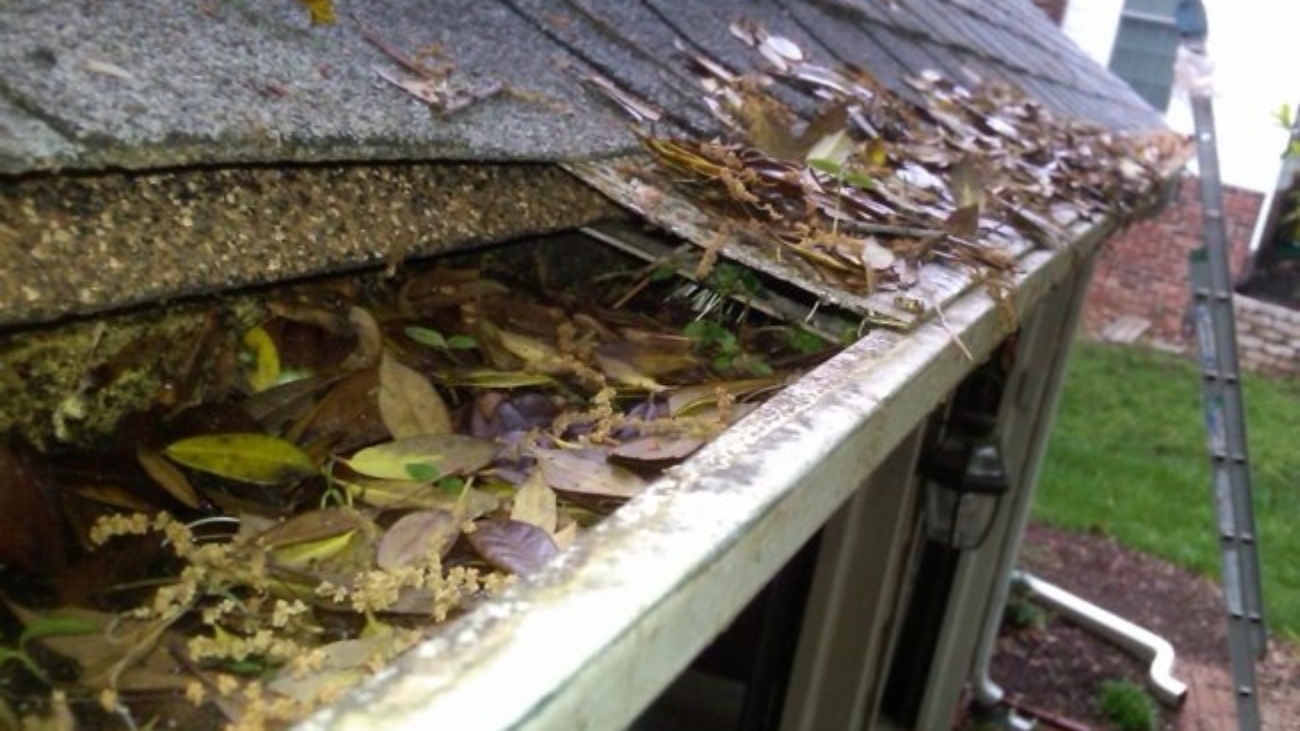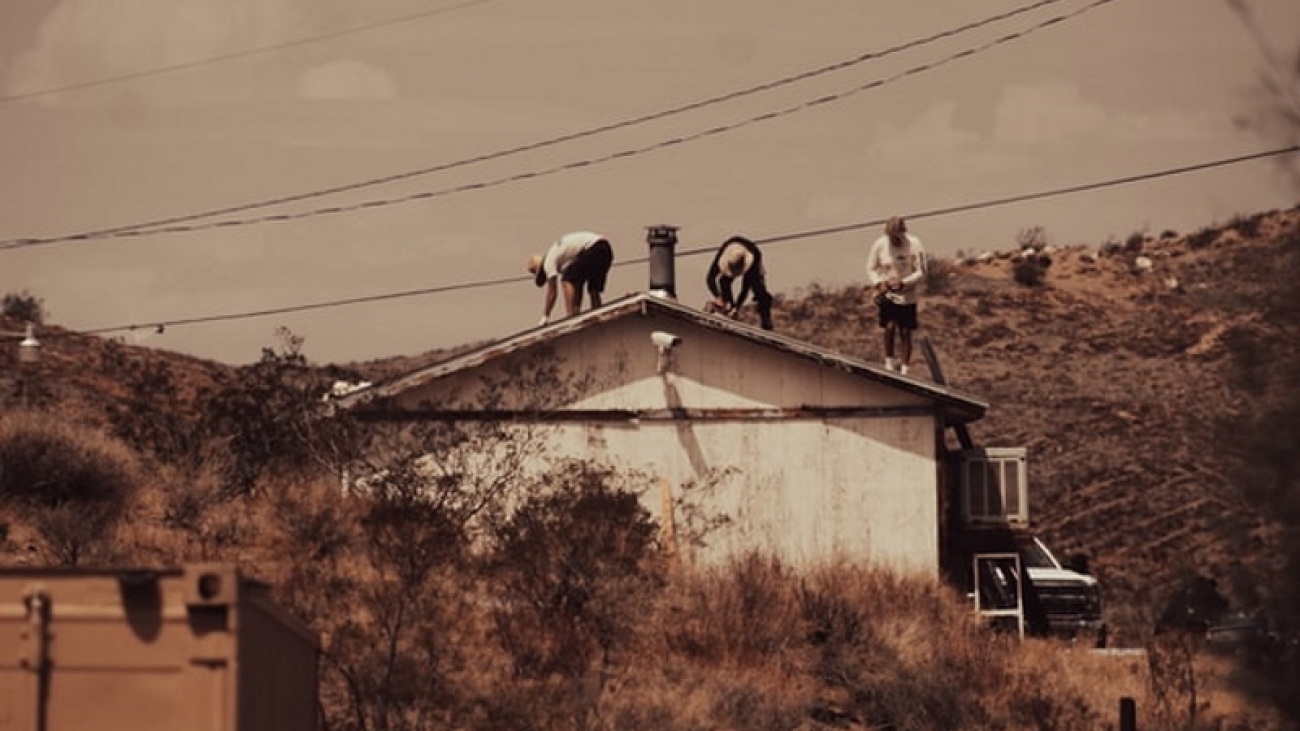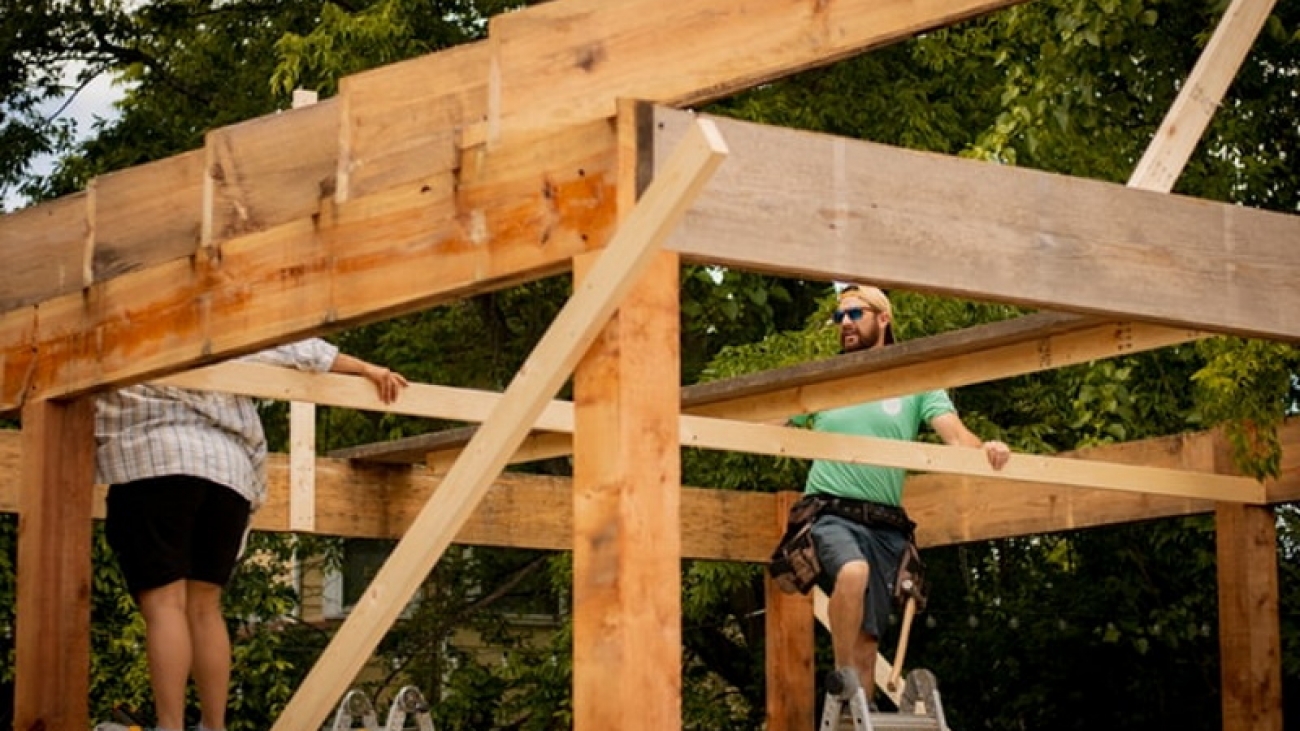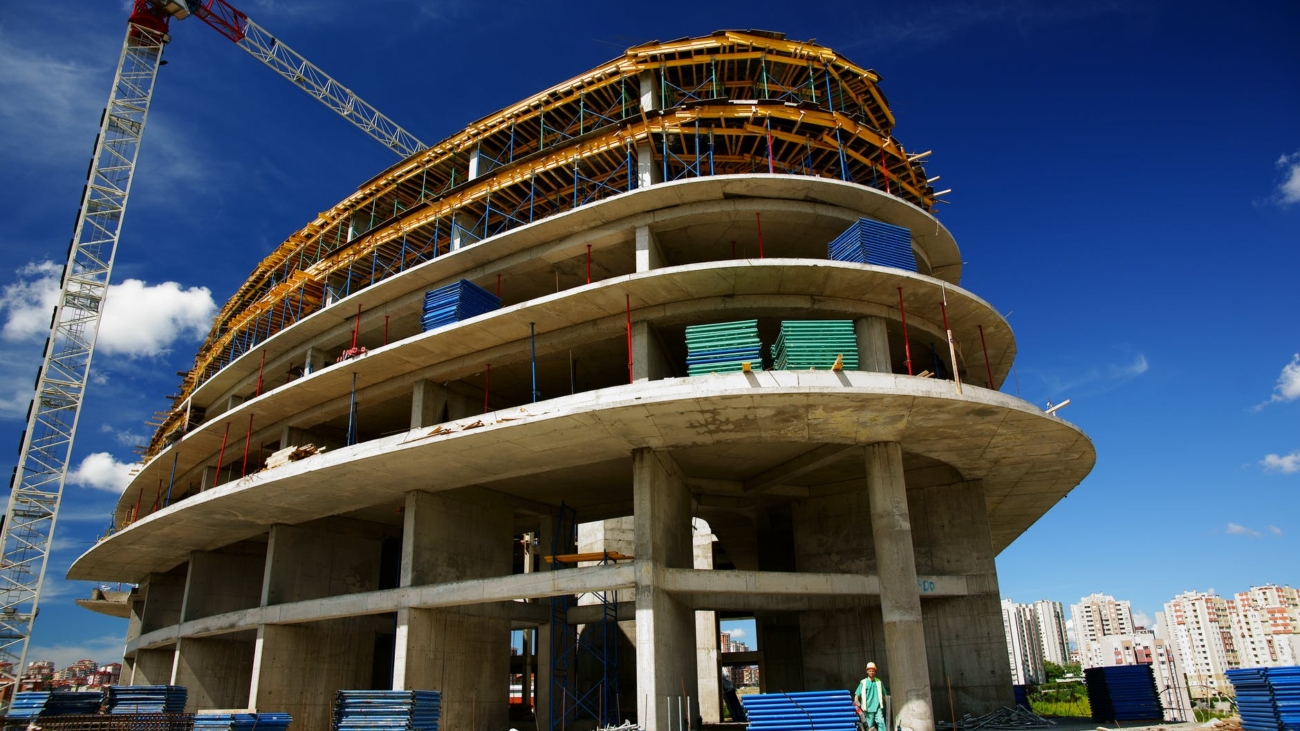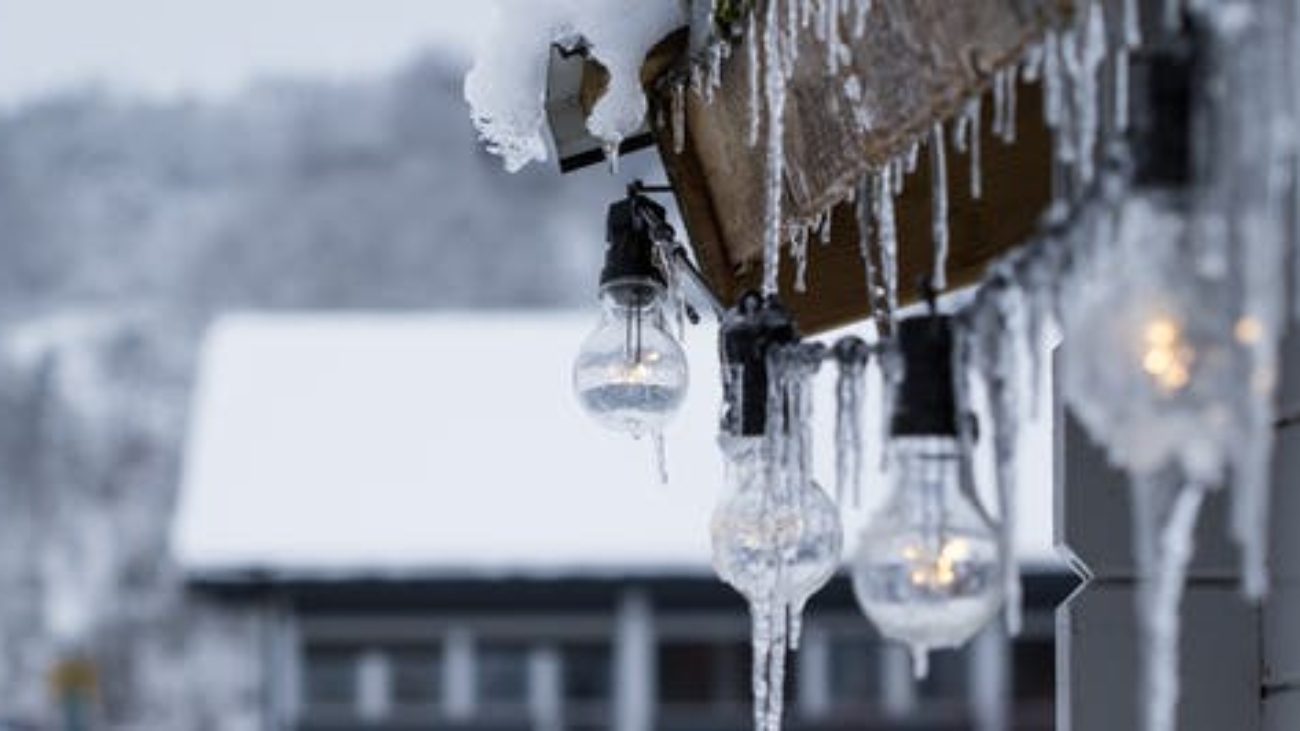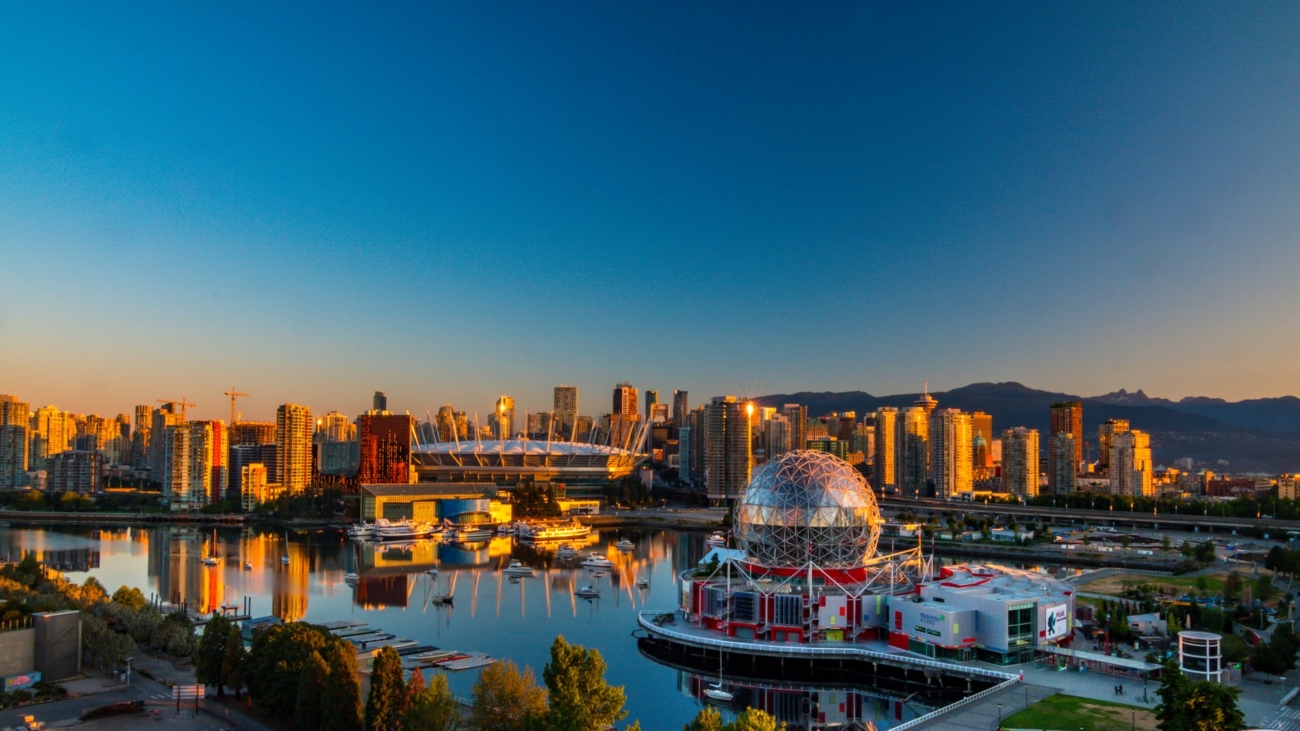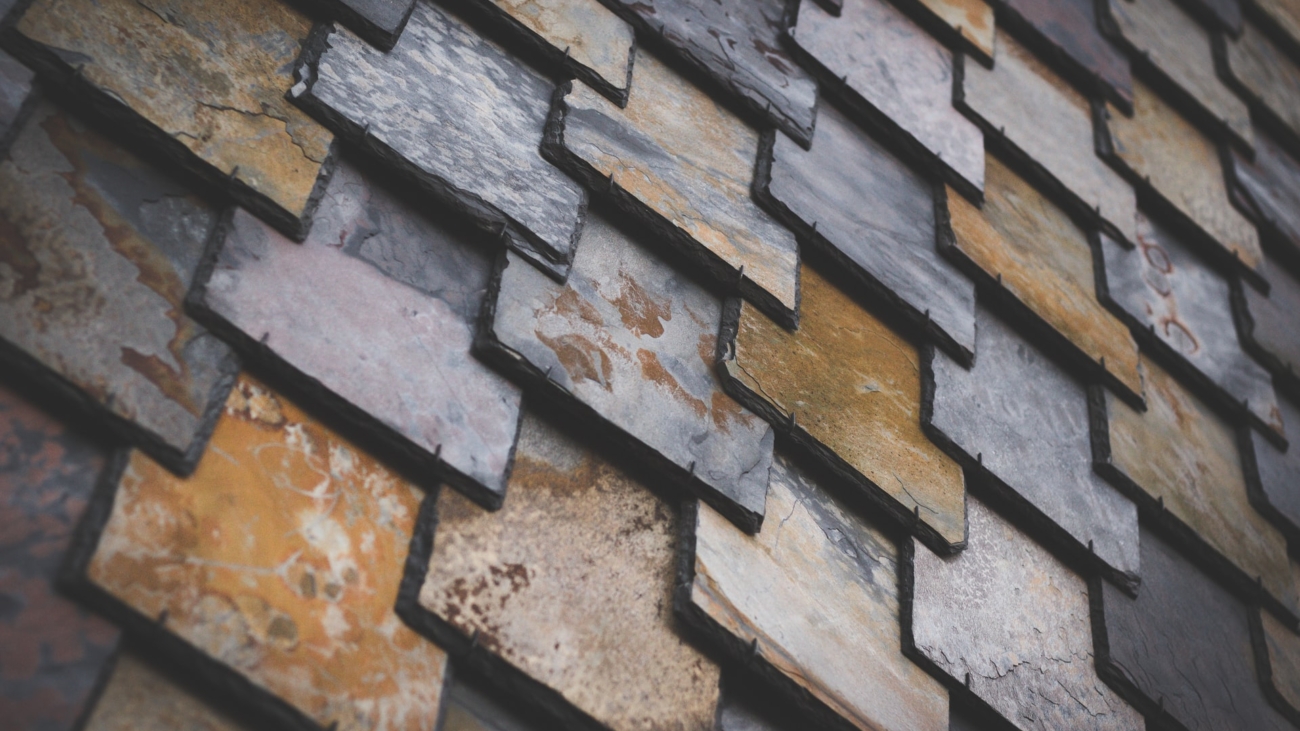In this blog post, we’re going to talk about spring maintenance on your roof and how it’s different this year. The snow is melted, the sun is out – it’s Springtime in Vancouver. While for most it means more hikes, walks, mountain biking, it also means that it’s time to do a little spring cleaning—and that also means roof repair.
A tough winter can be hard on your roof, especially after long periods of snow, wind and ice. Make sure trees and shrubs are not rubbing the roof, and clear from causing damage.
Maintenance on Your Roof
Every residential roof could use a simple inspection in the spring. With regular, seasonal maintenance on your roof, it lasts longer and performs better. Whether you do some of the maintenance work on your roof yourself or hire a professional roofing contractor to do it, there are some key things to do in the spring.
You should incorporate, roof repairs and maintenance routines into the seasonal changes. This is because roofing problems vary with the climatic conditions, especially the rough colder months and it’s a perfect time to fix them. The winter weather can cause problems such as:
- Leaks around flashings or chimneys and skylights
- Ice dams forming inside the gutters and at the edge of your roof
- Broken and cracked shingles
- Damages to the insulation and blocked attic vents
The first step is to get a roofing professional to do a roofing inspection to make sure that your roof is still in good shape after the winter.
Although it has been a mild winter by Vancouver’s standards, we still recommend you get a roofer to take a look at our roof to prevent large repairs. Here is a list of things to look out for:
Clearing Debris
Cleaning the roof is essential because it helps you get a better view and determine if there are any broken or cracked spots that need repairing. When you’ve had a couple days of sun without rain, brush away branches, twigs, leaves, nests and other debris. Check gutters and downspouts as part of the inspection process.
Leak Repair
After you’ve cleared away debris from your roof, you should inspect the attic, chimney, vents, skylights for any water pooling, leaks or damp areas. Darker patches are often a sign of water damage and you should address them immediately. If you see any black mould it means that the area has been problematic for awhile and might be a symptom of a much larger problem. You should contact a roofer immediately.
Replacing Shingles
If any shingles are missing, they should be replaced immediately as they can lead to leakage and other structural damage. If you see small holes, cracks, or tears, they can be fixed without replacing them, saving you money. Any broken, curled or missing pieces must be taken care of before waterproofing the vents.
Resealing Vents
Examine the vents or get a roofer to do it to make sure the sealants have not cracked or chipped. Be careful while checking the areas around the vents to prevent any mishaps. If a vent cracks, you should get a professional roofer to fix it.
Recaulk Your Chimney
When inspecting a chimney, you should be extra vigilant as this is a common problem area. If the caulking is worn, get a professional to replace it. They will apply a new high-quality sealant to prevent any water damage which will be more costly than fixing the problem immediately.
Clean Your Gutters
Troughs and downspouts are meant to safely carry water off your roof and away from the walls to prevent pooling and water damage. If your gutters have debris from leaves, sticks, or branches built up in them you will need to clean them out in preparation for spring showers. Cleaning gutters is a simple task and you can do them by yourself or hire a handyman to do it for you.
Trim The Surrounding Trees and Remove Leaves
Make sure tree limbs don’t touch or overhang your roof. If they do, they can easily scrape or fall on the shingles and loosen the granules that protect your roof. Trim trees close to your home to avoid any limbs touching the roof surface or the gutter.
If you trim your trees it will also prevent organic matter from falling onto your roof. A little leaf or a few pine needles won’t damage your roof, but if they collect and are deep enough to hold moisture, they need to be removed from you roof. Anything that holds moisture will cause mildew to form and can block gutters or cause extra weight on the roof.
Clean Any Excess Moss or Mold
Dark coloured patches on a roof can indicate mold, algae, or fungus is living there which can eat away at the roofing material and can cause leaks.
A treatment of chlorine bleach or copper sulfate solution can be applied and can kill the mould but there are more environmentally friendly options available. Recently some shingle manufacturers have created algae-resistant shingles that have a specially formulated granule that inhibits algae and moss growth. Be sure to ask your roofer about these options.
Cutting back trees in the surrounding area will reduce moss growth, as it will allow sunlight to dry up the shade and moisture that moss love. To get rid of moss, there are some environmentally friendly sprays you can use to get deep into the roots.
Examine Your Soffit and Fascia
Soffits are metal or wood panels between the wall of the house and the roofline, while fascia are the metal or wood boards along the roofline. Both of these components are crucial for a leak-free roof so don’t overlook them when doing your spring roof maintenance.
Check to see if the soffits or fascia have any water spots, cracks, or holes. Depending on how damaged they are, they might need to be repaired or replaced. If you’re unsure, ask a professional roofer to take a look at them.
Conclusion
Spring time is for renewal. It’s when flowers start to blossom and plants start to grow. It also a time when homeowners take a look around and try to tidy up and throw away things that aren’t doing any good.
Part of your spring cleaning should include either taking a good hard look at the condition of your roof to see if it’s time to call a roofer. If you need a roofing expert, give Cambie Roofing a call. They will answer any questions you might have and will give you a free roof inspection so you can make the most informed decisions about your home.
Originally published on April 15 2019, updated on March 9th 2021

